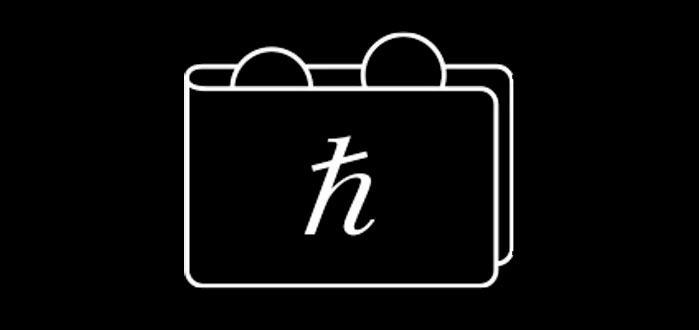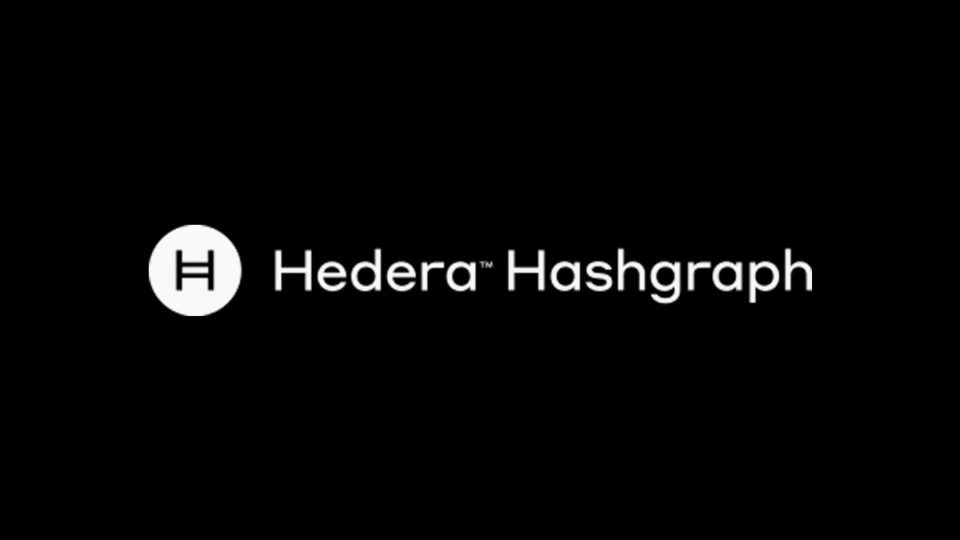Hedera Hashgraph is a new kind of decentralized network with a focus on fully decentralizing governance and operations. Many of the major tech companies around the world are members of the governing council in this project and somehow own it.
Among them, we see big names like Google, IBM, Boeing, T-Mobile, and Zain. Hedera Hashgraph mainly focuses on enterprise-level solutions and tries to offer the most decentralized scalable governance.
This decentralized network is somehow different than what we have seen in traditional blockchains. There are permissioned nodes in the Hedera Hashgraph network. The members of the governing council, run these nodes. They also lead the network’s direction. Being a member of the governing council isn’t available for every enterprise. The companies should pass some requirements and then become council members.
What is Hedera Hashgraph?
Hedera is a decentralized network for building decentralized applications and services. It’s a public distributed ledger but very different from what we have seen in other blockchains like Bitcoin and Ethereum. The first generations of blockchain networks were mostly PoW.
But Hedera is like many new innovative networks and uses the Proof of Stake (PoS) protocol. It’s the first difference that has resulted in faster transactions in the Hedera network.
Hashgraph consensus is the backbone of this decentralized network. The team behind the project claims that it has the highest-grade security available and runs the transactions at blazing speed.
This network can handle more than 10,000 transactions per second compared to about three transactions per second in the Bitcoin network.
The average fee is $0.0001 in the Hedera Hashgraph blockchain, and the finality happens in three to five seconds. All these metrics show that Hedera can be a very efficient alternative to traditional blockchains.
How does Hedera Hashgraph work?
Dr. Leemon Baird, Hedera Co-founder, and Chief Scientist, invented the Hashgraph distributed consensus algorithm. It’s the backbone of the Hedera public network.
The community of nodes running the blockchain come to a consensus in this protocol to add a transaction to the ledger. It results in faster transactions. The model is called gossip-about-gossip and virtual voting.
The model that is used in this distributed ledger tries to solve the problems we see in common blockchains. In a blockchain, every new block is added to the longest chain and creates an ever-growing chain. It may slow down after some time.
Besides, forks happen when two blocks are created at the same time, and the community decides on only one of them. In Hashgraph, every container of transactions will be added into the ledger and are woven together.
The consensus algorithm in Hedera Hashgraph is validated as asynchronous Byzantine Fault Tolerant (ABFT). It means the consensus can achieve the highest available level of security.

Hedera Hashgraph Use Cases
There are various use cases for secure PoS distributed ledgers like Hedera Hashgraph. It focuses on enterprise solutions but can solve many issues by offering a reliable base for developers to make dApps. Some of the use-cases are:
Payments
Hedera Token Service can help companies with various needs find access to payment services in a secure and fast environment. This service provides the ability to issue tokens and sends/receive them on the Hashgraph network.
Besides the HBAR token, the native token of the network can be used in payment services. All transactions will be settled in seconds.
The real-time settlement means HBAR, stablecoins, and other cryptocurrencies on this network viable alternatives for commercial and payment use-cases. Besides, the fees are very small because of using the PoS system and cost less than $1 to pay every sum of tokenized assets.
The other benefit of this network is compliance with regulatory frameworks and deploying systems like KYC for token issuance.
Identity
Hedera Consensus Service provides the essential tools and features for storing and managing identity in a decentralized environment. Managing credentials on Hedera Hashgraph will be done easily and securely.
The fundamentals of the services follow the decentralized identifier and verifiable credentials standards under development at the W3C. These systems give control over personal data back to users.
Managing credentials and identity in a decentralized network like this makes it possible to use them in IoT and other technologies more efficiently.
Healthcare, information technology, and education are the sectors that can use credential management on this network.
Tokenized Assets
Developers can configure, mint, and manage all kinds of fungible and non-fungible tokens on Hedera Hashgraph. It can be done without the need to deploy a smart contract.
The new custom token can run on the mainnet and be transferred fast and with low fees. Token issuers can manage many parts of their products like KYC verification, supply management, and more. All of these custom tokens are secured by the main blockchain and the governance council.
Fraud Mitigation
Preventing fraud in the digital world has always been almost impossible with centralized systems. Hedera Hashgraph has verifiable logging of business transactions next to decentralized identifiers that makes frauds very difficult.
The DID standard of W3C is the backbone of this system that prevents any misusing. The real-time management and transaction speed make it possible for this public ledger to inform all parties and prevent fraud.
In simple terms, when a wrong action is detected, it can’t grow fast and will be prevented by all stakeholders very fast.
Data Compliance
The current state of data management has the least possible transparency for users. Many companies and organizations get data from their users for many reasons. Regulatory guidelines are a common example here. But users don’t know how their data is stored and managed.
In Hedera Hashgraph, there is a transparent set of records from user requests and company responses that assure auditors and regulators about verifying users. It creates a transparent system that shows users the importance of their experience for companies. Enterprises can simply audit users’ data through real-time verifiability.
Healthcare
Hedera Hashgraph can be used as the fundamental technology layer for storing and managing healthcare data. It offers services for companies in this section for storing the patients’ data while keeping their privacy safe and secure. Many big healthcare companies in the world currently use Hedera: Safe Health Systems, Inc., SAFE, and NHS.
Gaming
The team behind Hedera Hashgraph believes that decentralized solutions can help the current state of online gaming improve and become more secure. When players, companies, sponsors, and authorities are sure about the security, trust, and speed of the games, we can expect more professional innovations in this sector. The DLT of this project assures all stakeholders about the speed, trust, and fairness of the games.
Hedera Hashgraph – Governance

As mentioned above, the governance system in Hedera Hashgraph is unique and different from many other blockchains. There is a Governing Council in this network consisting of about 40 organizations and enterprises. They’re term-limited and diversified members of the council.
These members are responsible for keeping the stability and decentralization of the network. Besides, they’re committed to governing the changes in the network.
Some of the current members of the Governing Council are Boeing, Dentons, T-Mobile, Google, IBM, LG, and Zain. The Governing Council in this network makes critical decisions like the direction of the platform, treasury management, and legal network requirements.
The Token HBAR
As mentioned above, HBAR is the native token of the Hedera Hashgraph network. It has two main roles consisting network fuel and network protection. In simple terms, developers pay the fees of the network for deploying their smart contracts with HBAR. The token is used for compensating the network nodes because of their services like bandwidth, compute, and storage.
In the network protection use case, HBAR is used as a staked token to power the PoS system. Tokens can be staked, or proxy staked to a network node and protect the network.

Conclusion
Hedera Hashgraph is here to offer a unique experience of decentralization. It focuses on real-world problems and is partnering with big companies to connect the two worlds.
The unique decentralization mechanism and Governing Council make it a decentralized network that partners with effective organizations in various sectors.
The consensus mechanism in this network is scalable and fast, thus making it a viable alternative to traditional blockchains.
It can become the first choice for many smart contract developers and companies looking for a reliable, fast, and secure network for offering their services.

